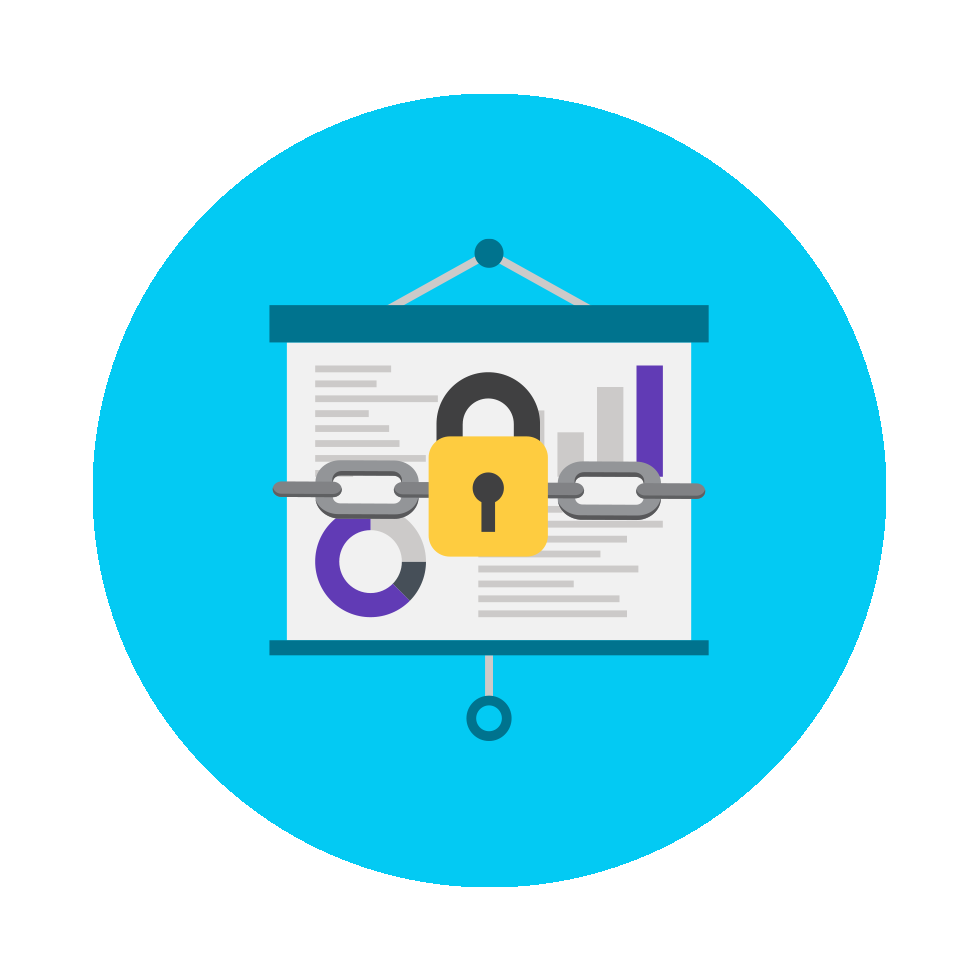Who is responsible for ESG data? Amplifi examines the role of data ownership in ESG initiatives – and its impact on accurate ESG reporting.
Who is responsible for ESG data?
It’s not, as we have well established by now, the IT department. Data as a whole is a business asset, not an IT problem to be fixed, and for any data to bring value to your organization it needs to be available and accessible to everyone.
We’ve also established that ‘ESG data’ itself doesn’t fit into a nice, neat box. It’s hidden throughout your business: bring it together and it should give an accurate reflection of your organization’s Environmental, Social, and Governance standards, which you can read more about in our guide, ESG unchained: a guide to finding your ESG hotspots.
So, the short answer to ‘who is responsible for ESG data?’ is everyone. Yet making sure that everyone understands their responsibilities with data and knows what their expectations are in that data’s lifecycle, is a little more complicated. While everyone is responsible for data in some sense – whether it’s how it’s used or how it’s collected – the key is defining data ownership: establishing those individuals who are actively responsible for data, and clearly outlining their role in monitoring and maintaining that data. Defining the difference between ‘data users’ and ‘data owners’ is critical to delivering on ESG objectives.
Data’s role in ESG
 Firstly, data is a key aspect of the ‘G’ in ESG: governance. It’s evidence of your business’ transparency; it’s integral to your ability to identify and tackle your ESG issues, and it influences your ability to make the right business decisions for your investors, society, and the environment. Secondly, data is vital to understand your environmental and social impact, providing insight for reporting on a wide range of issues, from carbon emissions and water stress to exploitation and corruption.
Firstly, data is a key aspect of the ‘G’ in ESG: governance. It’s evidence of your business’ transparency; it’s integral to your ability to identify and tackle your ESG issues, and it influences your ability to make the right business decisions for your investors, society, and the environment. Secondly, data is vital to understand your environmental and social impact, providing insight for reporting on a wide range of issues, from carbon emissions and water stress to exploitation and corruption.
For that all of that data to be available and accurate as and when it’s needed, your organization needs to have grass-roots data ownership. That means changing your business’ culture to ensure that the right people are accountable for data – and collectively embrace its importance.
Data users vs Data owners: understanding the difference
A data user is someone that can access data, extract information from it, and use it to make decisions in their role. This is a good first step, as it allows people to understand the value of data and its importance to them. It is not, however, the same as data ownership.
A data owner is someone who has responsibility for data and deciding who can access, edit and use it. In the past, data owners may have been part of an organization’s IT team, but today, data owners should be integrated into the business and understand how data is used in specific departments, for specific functions. It’s ultimately the data owner’s responsibility to make sure that data quality is maintained, and data processes are followed.
Yet organizational data ownership should go beyond appointing a few key data owners. A good data management strategy should encourage a sense of data ownership in every employee that comes into contact with data, allowing them to interact with data responsibly. Data ownership empowers people to recognize what good data looks like – and influence its quality.
When it comes to ESG, this is especially important, as having a deeper understanding of data can have a positive impact on ESG-related decision-making and reporting at every level – while widespread data ownership makes good quality data available across the business.
The risks and rewards of data ownership in ESG
 As we cover in our ESG unchained guide, several organizations have come under fire for ESG-related issues in the last decade, from the use of child labor to unethical investments. Many of these ‘hidden’ issues could have been prevented by better data management. With access to the right data, at the right time, they could have spotted these ESG hotspots and reacted quickly, using accurate data to guide their decision-making.
As we cover in our ESG unchained guide, several organizations have come under fire for ESG-related issues in the last decade, from the use of child labor to unethical investments. Many of these ‘hidden’ issues could have been prevented by better data management. With access to the right data, at the right time, they could have spotted these ESG hotspots and reacted quickly, using accurate data to guide their decision-making.
But for good data to be available, and for people to know how and when to use it, you need data ownership.
Take food allergen labeling as an ESG-related example, where poor data practices can lead to worrisome or even tragic results.
Over 32 million Americans live with life-threatening food allergies, and legislation continues to be introduced to support greater transparency. If a customer knows about an allergen before they purchase a food item, they can protect themselves—and the food provider—from any fallout associated with an allergic reaction.
This is where data ownership plays a vital role. Everyone who interacts with the product lifecycle must understand the real-world impact of maintaining high-quality data. These individuals also need the support and tools required to ensure that transparent, accurate data is readily available.
How can you tackle data ownership for ESG
As you’re probably already aware, tackling data ownership takes more than a ‘memo to all staff’. It takes a fundamental shift in your business’ culture – and it won’t happen organically, or overnight. There are, however, steps you can take to instill ownership at every level.
Establish robust data management
A strategic approach to data management will have a more transformative effect on data ownership than any standalone exercise. By tackling data quality, data governance, and technology selection as part of one journey, you can drive organizational change.
Define data governance
Good data governance is more than a rule book: it communicates the ‘why’ not just the what and the how, giving people a clearer understanding of how data ownership can benefit them, and the results good data ownership can achieve for their organization’s ESG initiatives.
Appoint data champions
One data owner cannot singlehandedly change your organization’s approach to data. By appointing ‘data champions’ in each department who can focus on sharing a message that engages their co-workers and leads by example, you can influence good data habits throughout the business.
Choose accessible data technology
Technology is never a fix-all solution, but it can enable people to be more accountable for data by providing a clear framework to manage it. A centralized data platform reduces the likelihood of silos, gives a clear remit for completing information, and can make it easier to see what ‘good data’ should look like.
Are you ready to Amplifi your commitment to ESG? Download our guide ESG Unchained: a guide to finding your ESG hotspots to get the full story on how data management can impact your ESG initiatives.


